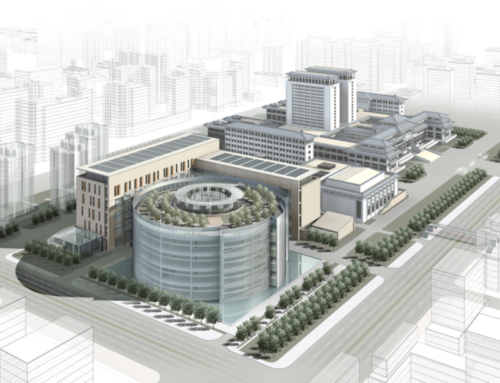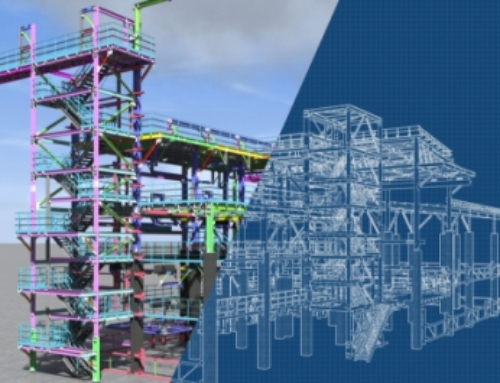Construction industry professionals are always looking for ways to improve efficiency, and Building Information Modeling (BIM) has given them an array of possible ways to increase work speed, reduce cost, and improve safety. One of these cost-saving measures is prefabrication, the process of construction elements before they reach the job site. While prefabrication has existed for quite some time, the integration of BIM into prefabrication techniques has made them applicable to a much wider set of projects. Interested in seeing how prefabrication has helped improve our projects? Visit Smarcon’s Projects page here.
Before explaining how BIM-enabled prefabrication can increase efficiency of a construction project, it’s important to understand exactly what BIM is. Judging by the way that it’s talked about, you might think that BIM is a type of tool or software, but it’s more complex than that. BIM can be simply explained as a new way to organize the process of construction using a 3D model that all involved people work with simultaneously. Storing this advanced 3D model in a cloud storage system allows everyone to operate fully synchronized, with full knowledge of how each aspect is being updated in real-time.
Prefabrication isn’t a new technology: historians estimate that structures have been prepared separately and assembled at their final location as far back as 2000 years. Prefabrication is fairly simple to understand. Also known as prefab, this process is where elements of a building are constructed off-site and then transported as a complete item to the final site. These elements can be something as small as a door up to something as large as an entire room or building. Even before the integration of BIM, prefab techniques have been used to reduce construction time, improve consistency of quality, improve safety, reduce cost, and reduce site environmental impact.
HOW DOES BIM IMPROVE PREFABRICATION?
When used in conjunction with BIM, prefabrication becomes even more efficient. Building models created using BIM are particularly well-suited to modular projects. Models created using BIM-capable software feature much higher levels of detail, with granularity that reaches the smallest elements of the project. This allows project managers to integrate the prefabrication process into the building model.
BIM allows for prefabricated elements to be modeled individually, greatly improving the workflow of a prefab project. These individual prefab models are able to be integrated into a full building model and also to be used as a template in a Computer Aided Manufacturing machine. Modeling each prefab element in BIM before production allows them to be inserted into the greater building model more accurately, decreasing the likelihood of rework.
The primary goal of BIM is to create a model (or models) that acts as a repository of all information relevant to the project that can be used from the very first steps of planning throughout the lifetime of the building. Visit our Services page to learn more about the ways that BIM can improve your construction projects.






